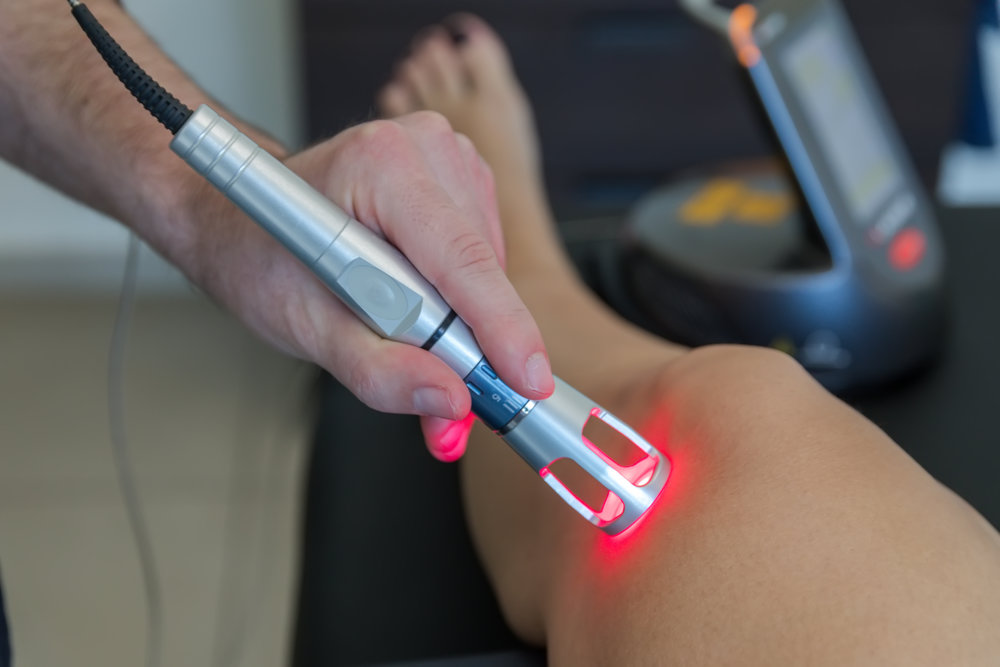Low Intensity Laser Therapy: How Does It Work?

Lasers are typically called precision devices intended to be cut and cauterised. Such laser forms are classified as “hot” or burning lasers. The cold lasers function with similar accuracy but without blistering — that’s the term “Cold Laser.”
This signifies that no heat is generated in this kind of laser. What it causes is a highly effective way to cure your physique.
Your cells require healing energy. Studies have shown laser therapy enhances the power that each cell in the human body needs to execute all functions, to keep its health and quality of life, or to repair and cure itself after damage.
The cells must communicate appropriately with each other.
LOW-INTENSITY LASER: HOW IT WORKS?
Let’s look at how Lowe intensity lasers therapy heals back Pain, joint pain, arthritis, etc.
Lower intensity Laser therapy works on two prominent doctrines.
- LLLT (Low-level Laser Therapy) increases the cell regeneration process.
- It helps in cellular communication.
- Low-intensity laser therapy provides input on the cell membrane and mitochondria to the receptors.
- The energy enters the DNA of the cell that governs cell function promptly.
- When cells are adequately acquainted, they act better than tissues, such as bones, cartilage, tendons, ligaments, etc.
- Low-Intensity Laser therapy thus supports the recovery and renewal of harmed and damaged tissues with particular consequences for tissue process and standardised blood circulation and acupuncture therapy throughout the body.
- Boosted cell membrane polarisation and permeability are crucial physiological outcomes for low-intensity laser tools.
- The additional advantage of a low-intensity laser is that cells and tissues, which are not working correctly and do not affect healthy, active cells, can be readily consumed.
Therefore, low-level lasers may help to reduce pain. Low-intensity laser therapy retains the usefulness of delivering a simplified, immediate, non-invasive, valuable way to reduce back pain; Lower back pains may impact body joints.
BENEFITS OF LOW-INTENSITY LASER THERAPY:
So, low- Intensity laser therapy has several advantages.
- It helps lessen and fight back acute orthopaedic circumstances such as sprains, strains, post-surgical pains, muscular injuries (back pain), epicondylitis, carpal tunnel syndrome, post tibial due to dentine hypersensitivity, cervical or lumbar radiculopathy, tendinopathy, carpal tunnel syndrome, fibromyalgia, etc.
- Laser therapy, an alternative to medications and operations for remediating patients with chronic symptoms, is a scientifically established therapeutic. It is rapidly treated and non-invasive.
- Lower-intensity laser therapy is beneficial for persistent and inflammatory pain for months and years because of unrepaired or diseased tissue injuries.
- Chronic sufferers will generally be treated with enormous and durable alleviation with a few sessions.
- It works with the natural healing qualities of your body. It helps recover properly through the photo-biological activation method.
- It decreases pain and offers long-term comfort without the negative impacts of most medications for pain.
- Many people get durable improvement after only a few treatments, based on the intensity of the problem.
CONCLUSION:
The most prevalent cause of consultation with doctors is pain. Many people suffer every year from chronic discomfort.
Musculoskeletal pain is the top one reason you have missed your job or school days.
Accepted therapies currently offer effective remedies for pain with an acceptable low-risk profile.
Therefore they prefer laser therapy of low intensity.
But, remember, to achieve the desired result, practitioners and clinicians need to have adequate therapeutic equipment and devices.

